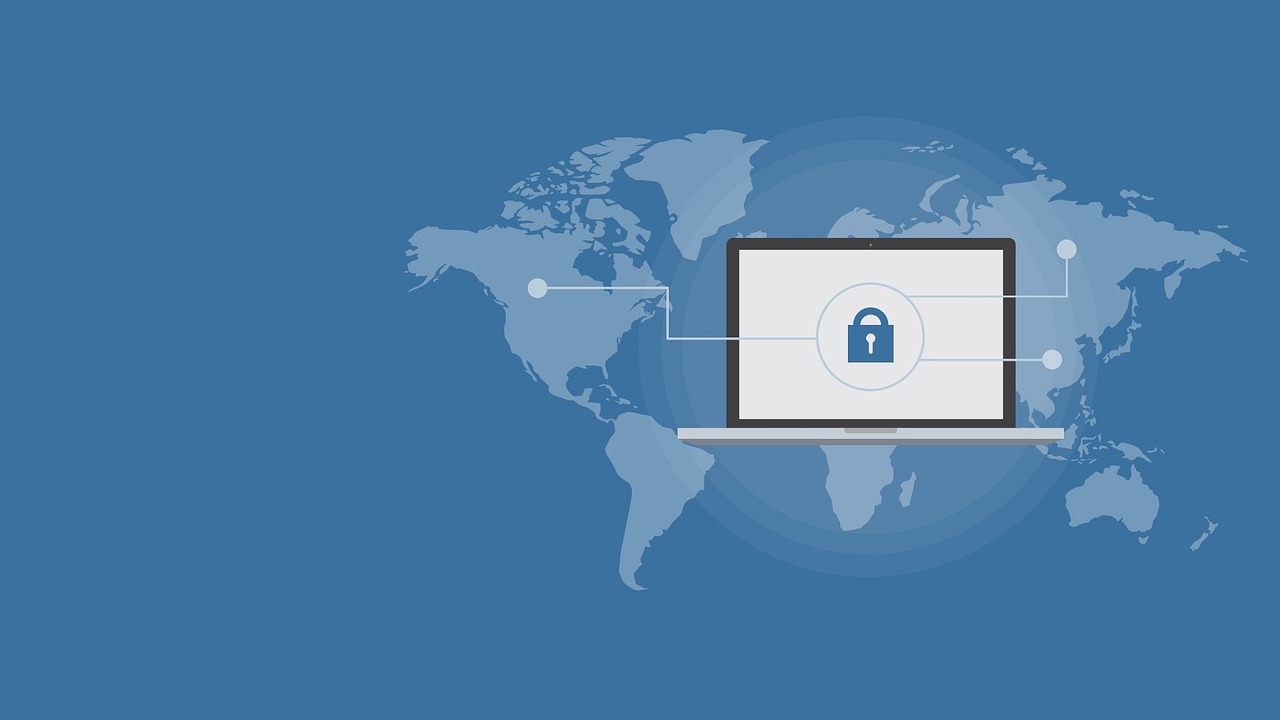Budgeting Apps: The Integration of Cost-of-Living Comparisons

In today’s interconnected world, the ability to manage personal finances effectively has become increasingly crucial. With globalization and the rise of remote work, professionals often find themselves navigating diverse economic landscapes. To address these challenges, budgeting apps have evolved into sophisticated tools, incorporating features such as cost-of-living comparisons to assist users in making informed financial decisions.
Cost-of-living comparisons have traditionally been the domain of expatriates and international businesses. However, with the rise in digital nomadism and geographic mobility, understanding how expenses vary across different regions has become pertinent to a broader audience. Budgeting apps have responded to this need by integrating real-time cost-of-living data, empowering users to make strategic decisions about where to live, work, and invest.
The Role of Cost-of-Living Comparisons in Budgeting
Cost-of-living metrics provide a comprehensive overview of how much it costs to maintain a certain standard of living in different locations. These metrics typically include housing, groceries, transportation, healthcare, and other essential expenses. By integrating these comparisons, budgeting apps offer several benefits:
- Informed Decision-Making: Users can evaluate potential relocations or travel plans by comparing expenses, ensuring their income aligns with the cost of living in a new area.
- Financial Planning: Cost-of-living data helps individuals set realistic budgets and savings goals tailored to specific locations.
- Investment Analysis: For investors, understanding regional economic conditions can guide property purchases or business ventures.
Global Context and Technological Integration
The integration of cost-of-living comparisons into budgeting apps is a response to the evolving global economic environment. In 2022, the International Monetary Fund (IMF) reported increased global mobility, with more professionals seeking opportunities abroad. This trend underscores the importance of having access to reliable financial tools that account for regional economic variations.
Technologically, the incorporation of cost-of-living data into budgeting apps relies on advanced algorithms and data analytics. These apps aggregate information from multiple sources, including government statistics, real estate listings, and local market surveys. The use of AI and machine learning further enhances data accuracy, providing users with up-to-date and location-specific financial insights.
Popular Budgeting Apps Offering Cost-of-Living Comparisons
Several budgeting apps have emerged as leaders in integrating cost-of-living comparisons. These applications are designed for tech-literate users seeking comprehensive financial management tools:
- Numbeo: Known for its extensive database, Numbeo offers detailed cost-of-living comparisons across numerous cities worldwide. Users can access nuanced insights into local prices, enhancing their budgeting strategies.
- NOMADlist: Tailored for digital nomads, NOMADlist provides users with a platform to compare destinations based on cost, quality of life, and internet speed, among other factors.
- Expensify: While primarily a receipt-scanning and expense-tracking app, Expensify now includes features that allow for cost-of-living assessments, assisting users in understanding their financial landscape better.
Challenges and Considerations
While the integration of cost-of-living comparisons in budgeting apps offers numerous advantages, several challenges persist. Data accuracy remains a primary concern, as regional economic fluctuations can affect cost projections. Additionally, users must consider other factors such as quality of life, climate, and cultural differences, which are not easily quantified yet significantly impact living conditions.
Moreover, privacy issues arise as apps collect and store user data to offer personalized experiences. Ensuring that these platforms adhere to stringent data protection standards is essential to maintaining user trust.
Conclusion
As the world becomes more interconnected, the ability to navigate varying economic landscapes is vital for financial well-being. Budgeting apps, with their integration of cost-of-living comparisons, provide powerful resources for tech-savvy professionals. By leveraging these tools, users can make informed decisions, optimize their financial planning, and adapt to the ever-changing global economy. However, ongoing advancements in data accuracy and privacy protection will be crucial in maximizing the potential of these applications.















